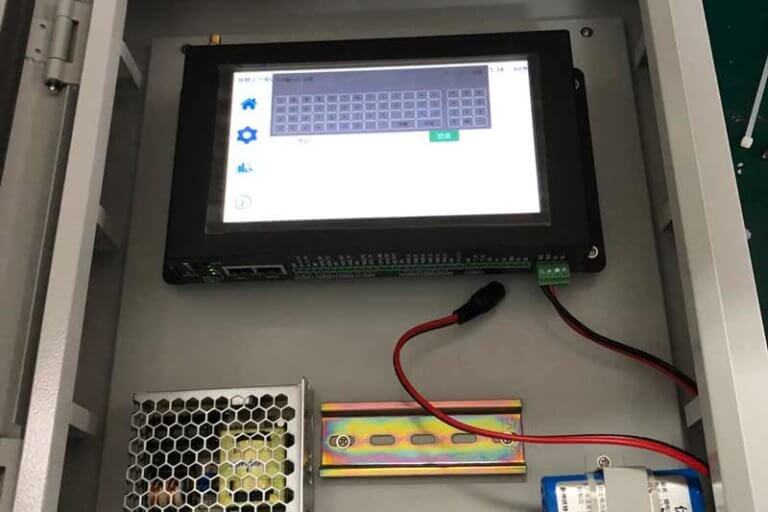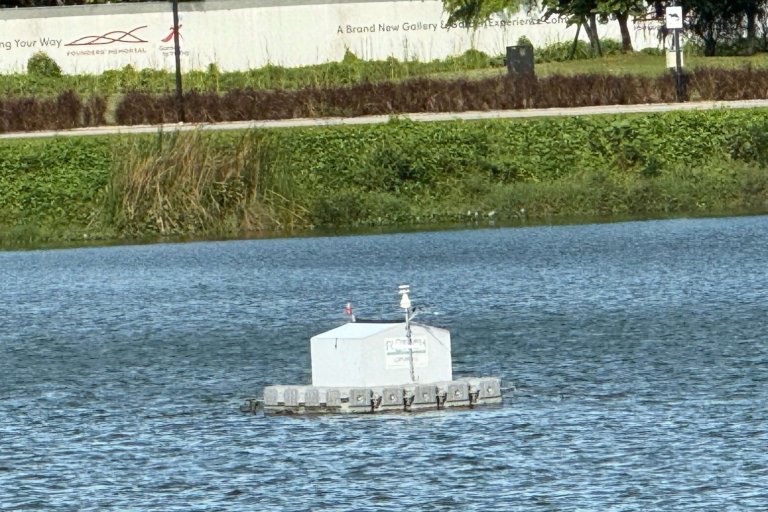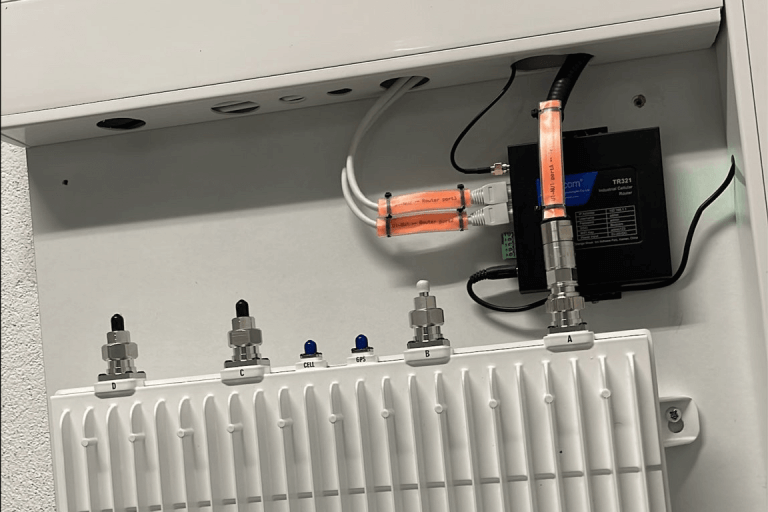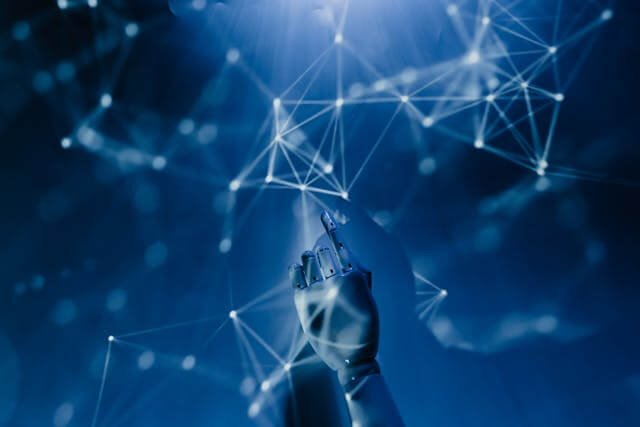How IoT Empowers Aquaculture 🌊🐟
Aquaculture, the farming of aquatic organisms such as fish, mollusks, and aquatic plants, has become pivotal in meeting the global demand for seafood. With the world’s population continuing to grow, sustainable practices in aquaculture are increasingly essential. One of the most promising advancements in this sector is the integration of the Internet of Things (IoT). This technology not only enhances productivity but also promotes sustainability and efficiency in aquaculture practices. Here’s how IoT is revolutionizing this vital industry! 🚀

Image from Tom Fisk
Enhanced Monitoring and Management 🌐
IoT devices enable real-time monitoring of water quality conditions essential for aquatic life. Sensors can measure parameters such as temperature, pH levels, dissolved oxygen, and salinity, providing farmers with critical data to ensure optimal living conditions for their stock. This continuous monitoring allows for immediate adjustments, reducing the likelihood of fish stress and mortality, which can significantly impact yields.
Benefits:
- Early Detection:By monitoring conditions effectively, farmers can detect anomalies early, allowing for proactive measures to prevent disease outbreaks or crop failure.
- Data-Driven Decisions:Historical data collected through IoT devices can help farmers make informed decisions about stocking density, feeding regimes, and harvesting schedules.
Automation of Feeding Systems 🍽️
Automating feeding systems using IoT technology is another game-changer for aquaculture. Smart feeders can dispense the right amount of feed at scheduled times based on data collected from water sensors and fish activity patterns. This not only reduces waste but also optimizes feed conversion ratios, leading to healthier stock and increased profitability.
Benefits:
- Precision Feeding:Ensures fish are fed the right amounts at the right times, reducing excess feed that can pollute water.
- Labor Efficiency:Less reliance on manual feeding operations allows farmers to allocate resources more efficiently.
Predictive Analytics and Decision Support 📊
The combination of IoT devices and big data analytics allows aquaculture businesses to predict trends and make strategic decisions. By analyzing environmental data alongside historical performance data, farmers can anticipate seasonal changes, optimize harvest times, and improve overall farm management practices.
Benefits:
- Optimized Operations:Allows farmers to streamline operations and reduce waste, ultimately leading to enhanced profit margins.
- Sustainability Practices:Promotes better environmental practices by avoiding overstocking and minimizing resource waste.
Disease Prevention and Management 🦠
One of the significant challenges aquaculture faces is disease management. IoT technologies can aid in early detection of diseases through continuous monitoring of water quality and fish behaviors. By implementing machine learning algorithms on data collected, farmers can identify patterns that may indicate the onset of disease.
Benefits:
- Healthier Stocks:Quick identification means farmers can take action before outbreaks escalate, resulting in healthier fish populations.
- Reduced Antibiotic Use:Smart monitoring can help recommend specific actions based on conditions rather than blanket treatments, promoting healthier aquaculture practices.
Sustainable Practices 🌱
IoT empowers aquaculture to adopt more sustainable practices. Real-time data can help optimize resources, such as water and feed, reducing environmental impact. Moreover, by allowing for better site selection and habitat monitoring, IoT can aid in minimizing the ecological footprint of aquaculture operations.
Benefits:
- Resource Efficiency:Helps farmers utilize resources more judiciously, promoting a balance between productivity and environmental health.
- Regulatory Compliance:Continuous monitoring and data collection can assist in compliance with environmental regulations and standards.
Conclusion 🌟
The integration of IoT in aquaculture is a transformative step towards a more sustainable, efficient, and profitable future for the industry. By enhancing monitoring, automating feeding, enabling predictive analytics, preventing diseases, and promoting sustainable practices, IoT empowers aquaculture farmers to not only meet the increasing global demand for seafood but also protect aquatic ecosystems. As technology advances, the potential for IoT in aquaculture will continue to grow, making it an exciting area to watch as we work toward a more sustainable world.




Comment